
Not all buildings are blessed with architectural merit, but even within the humblest construction, one can usually find something of interest.
I often find that a building not normally deserving a second glance can provide enough material for a successful drawing. The addition of colour can also add a touch of drama and a sense of place.
You will find a far greater variety of shapes and styles in buildings that exist in reality, particularly in the vast array of ornament, brickwork, windows, doors, portals, columns, and so on. Add to this the shop signs, television aerials, fences, street furniture and other paraphernalia, and the possibilities are endless.
It’s always worth spending some time stalking your subject matter before deciding on a viewpoint, and the most interesting one is rarely the one seen from a nearby bench.
A very tall building is probably best viewed from fairly close, so that its height can be exaggerated as it rises into the sky in a portrait format, whereas a row of terraced houses naturally cries out for an elongated, landscape layout.
A drawing produced on the spot will often have an immediacy that is difficult to replicate in the studio and, due to time limitations, it may contain only the minimal amount of detail.
I approach these drawings in a variety of ways. If it’s intended for reproduction, publication or framing, I may begin the drawing on the spot and then either add colour back in the studio – or even use this as the basis for a larger, more ambitious work. This allows for a greater degree of consideration when making choices regarding composition, scale and colour.
I often make drawings simply for the pleasure of doing so, and these are nearly always produced in a sketchbook. I find an A4 book to be the most useful size, being neither too large nor too small. I use sturdy, hardback books containing quality cartridge or watercolour paper.
This story is from the October 2019 edition of Artists & Illustrators.
Start your 7-day Magzter GOLD free trial to access thousands of curated premium stories, and 9,000+ magazines and newspapers.
Already a subscriber ? Sign In
This story is from the October 2019 edition of Artists & Illustrators.
Start your 7-day Magzter GOLD free trial to access thousands of curated premium stories, and 9,000+ magazines and newspapers.
Already a subscriber? Sign In
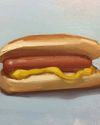
Still life IN 3 HOURS
Former BP Portrait Award runner-up FELICIA FORTE guides you through a simple, structured approach to painting alla prima that tackles dark, average and light colours in turn
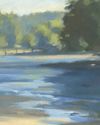
Movement in composition
Through an analysis of three masterworks, landscape painter and noted author MITCHELL ALBALA shows how you can animate landscape composition with movement
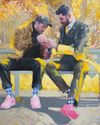
Shane Berkery
The Irish-Japanese artist talks to REBECCA BRADBURY about the innovative concepts and original colour combinations he brings to his figurative oil paintings from his Dublin garden studio
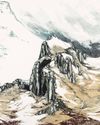
The Working Artist
Something old, something new... Our columnist LAURA BOSWELL has expert advice for balancing fresh ideas with completing half-finished work
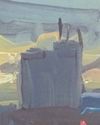
Washes AND GLAZES
Art Academy’s ROB PEPPER introduces an in-depth guide to incorporating various techniques into your next masterpiece. Artwork by STAN MILLER, CHRIS ROBINSON and MICHELE ILLING
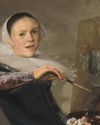
Hands
LAURA SMITH continues her new four-part series, which encourages you to draw elements of old master paintings, and this month’s focus is on capturing hands

Vincent van Gogh
To celebrate The Courtauld’s forthcoming landmark display of the troubled Dutch master’s self-portraits, STEVE PILL looks at the stories behind 10 of the most dramatic works on display
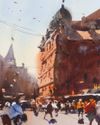
BRING THE drama
Join international watercolour maestro ALVARO CASTAGNET in London’s West End to paint a dramatic street scene
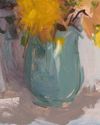
Serena Rowe
The Scottish painter tells STEVE PILL why time is precious, why emotional responses to colour are useful, and how she finds focus every day with the help of her studio wall
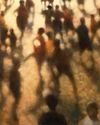
Bill Jacklin
Chatting over Zoom as he recovers from appendicitis, the Royal Academician tells STEVE PILL about classic scrapes in New York and his recent experiments with illustration